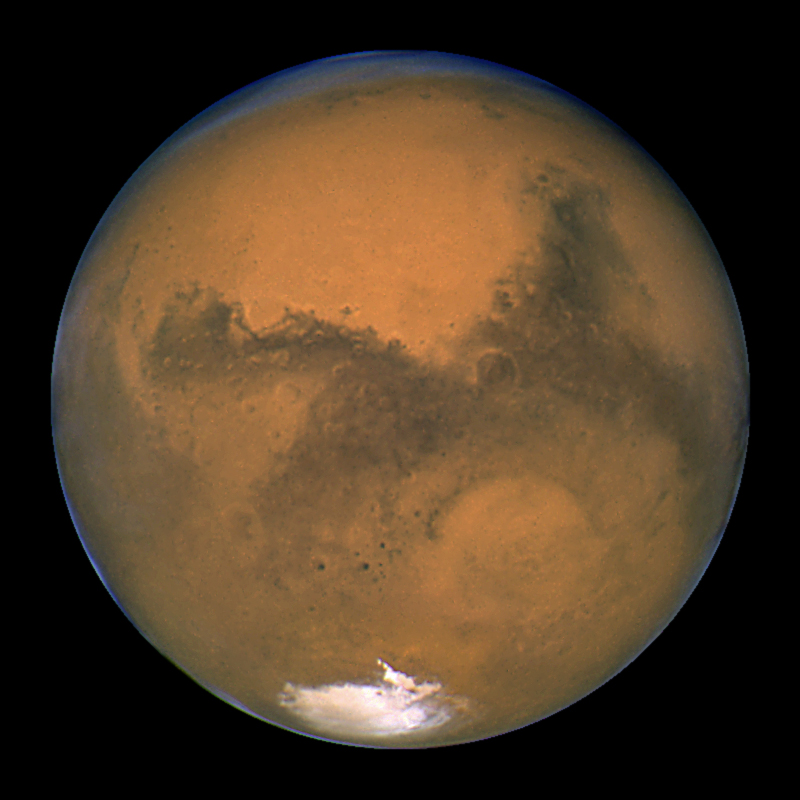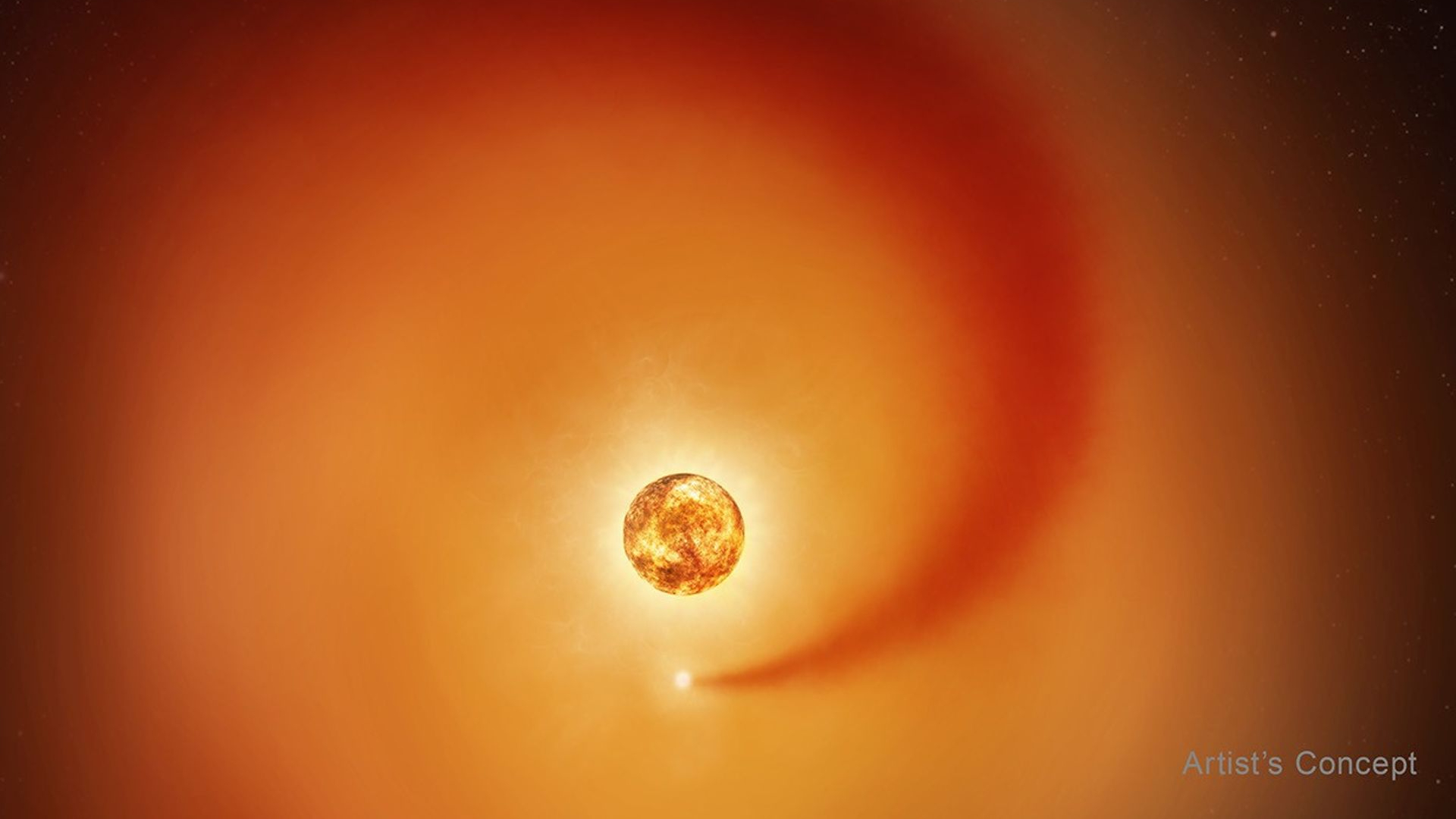5 Mars Mission Radiation Shield Ideas Win NASA Challenge

NASA has awarded prize money to five members of the public for their ideas about how to limit astronauts' radiation exposure during journeys through deep space.
Crews on their way to Mars and other distant destinations will venture beyond Earth's protective atmosphere and magnetic field, so they will be subject to relatively high levels of radiation both from the sun and from galactic cosmic rays — high-energy particles believed to originate from supernovas.
A roundtrip Mars mission would require between 500 and 1,000 days of deep-space travel, making radiation protection a priority and explaining why NASA mounted the recent challenge. The five winning proposals were selected from a pool of 136 submissions. The overall winner will get $5,000, while the other four awardees will split $7,000, NASA officials said. [Mars Radiation Threat to Astronauts Explained (Infographic)]
None of the five prize winners, which were announced last month, presented solutions that could reduce astronauts' galactic cosmic ray exposure by a factor of four — NASA's long-term goal — but agency officials said the proposals were promising and innovative. A follow-on challenge will take place through June 29, with up to $30,000 available in prize money.
The new challenge will solicit ideas for active protection (using magnetic or electrostatic fields to act as a shield) or passive protection (relying on layered materials).
"We are very impressed with the enthusiasm and sheer number of people from the public who showed interest in solving this very difficult problem for human space exploration," Steve Rader, deputy manager of the Center of Excellence for Collaborative Innovation, which managed the radiation challenge, said in a statement.
"We look forward to seeing what people will come up with in this next challenge to find the optimal configuration for these different protection approaches," Rader added.
Breaking space news, the latest updates on rocket launches, skywatching events and more!
The winners of the radiation challenge's first round are:
- 1st place ($5,000): George Hitt, assistant professor of physics and nuclear engineering at Khalifa University, United Arab Emirates, for proposing a reusable shield that could be placed in an orbit between Earth and Mars.
- 2nd Place ($3,000): Ian Gallon, retired researcher in electromagnetics of Bridport, England. He provided mathematical calculations for an active radiation mitigation system.
- 3rd Place ($2,000): Olivier Loido, freelance engineer of Toulouse, France. He proposed a launch configuration and a magnet array deployment.
- 4th Place ($1,000 each): Markus Novak, recent graduate from Ohio State University of Dublin, Ohio, who found safe areas for travel after performing particle trajectory simulations. Also, Mikhail Petrichenkov of Russia, who described how operations could work using a NASA storm shelter.
You can learn more about the radiation challenge at https://www.innocentive.com/pavilion/NASA.
Follow Elizabeth Howell @howellspace, or Space.com @Spacedotcom. We're also on Facebook and Google+. Originally published on Space.com.

Elizabeth Howell (she/her), Ph.D., was a staff writer in the spaceflight channel between 2022 and 2024 specializing in Canadian space news. She was contributing writer for Space.com for 10 years from 2012 to 2024. Elizabeth's reporting includes multiple exclusives with the White House, leading world coverage about a lost-and-found space tomato on the International Space Station, witnessing five human spaceflight launches on two continents, flying parabolic, working inside a spacesuit, and participating in a simulated Mars mission. Her latest book, "Why Am I Taller?" (ECW Press, 2022) is co-written with astronaut Dave Williams.
